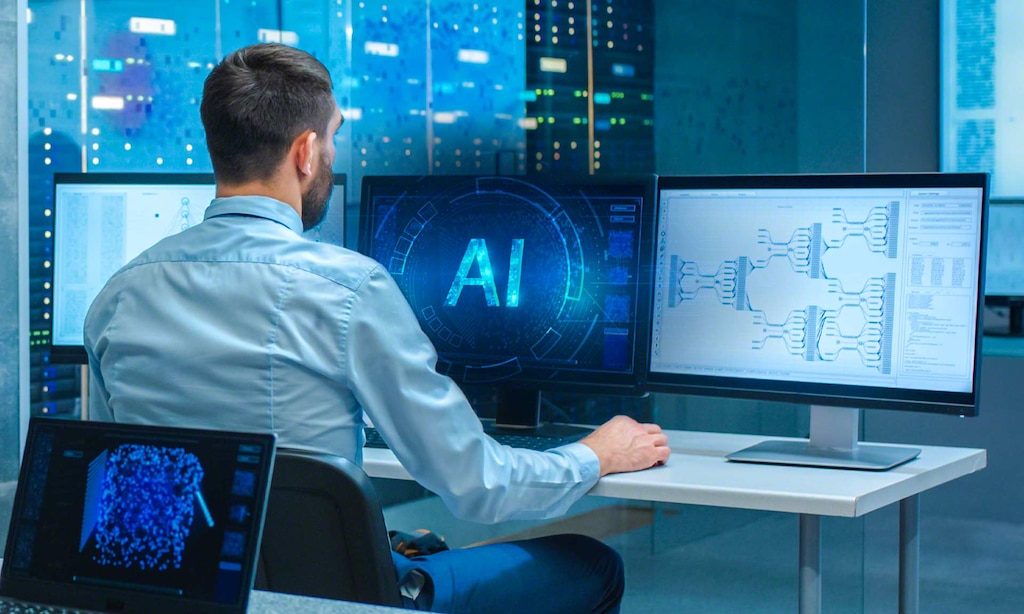LOGISTICS RESEARCH
Interest in computer vision, a subset of the ever-growing field of artificial intelligence (AI), continues to expand worldwide. According to a report by DHL, the majority of companies in the logistics sector are expected to integrate this tool in the five years to come.

The computer vision market is on the rise, with more and more providers capable of meeting this soaring demand. As per the researchers consulted, this technology was valued at $9.4 billion in 2020 and is projected to reach $41.11 billion by 2030, accounting for a compound annual growth rate of 16%.
“There has never been a more exciting time for industries and logisticians to work together to leverage the full potential of computer vision and AI”, says Dr. Klaus Dohrmann, coauthor of the study AI-driven computer vision and Head of Innovation and Trend Research at DHL.
Computers that see and understand
While AI enables computers to think or process information, computer vision empowers them to see and understand their surroundings. These systems gather information from visual stimuli such as photos and videos. By collecting and processing these data via algorithms, computer vision can make suggestions and even execute actions.
Computer vision and its algorithms must be trained in the same way humans learn to distinguish objects and interpret what they see. However, in the case of this technology, the training process is faster due to its ability to accumulate vast datasets. A 2022 study by the Massachusetts Institute of Technology found that the accuracy of computer vision in identifying and classifying objects has jumped from 50% to 99% in less than a decade.
Beyond recognizing objects and people, computer vision can make an initial assessment of their appearance and condition. It can then track a previously identified item through sequential images and video feeds. Additionally, it significantly enhances the accuracy of digital image retrieval.
Applications in multiple sectors
In industry, computer vision has greatly aided in defect detection in company goods, personnel coordination, and workplace safety. One of its most common uses is quality control. Likewise, it can help spot future issues with machinery and anticipate potential malfunctions. Computer vision is also pivotal in identifying fatigue and other facial expressions, contributing to the prevention of traffic accidents. In terms of logistics operations, DHL underlines the benefits of this tool in creating heatmaps of warehouses to detect high-activity areas and bottlenecks.
Computer vision has multifaceted applications across various sectors, including retail, healthcare, and manufacturing. In stores, computer vision serves as the backbone for implementing cashierless payment systems, where users leave the establishment with their products and are charged automatically. In the medical field, this technology can help identify diagnostic images for faster disease detection.
